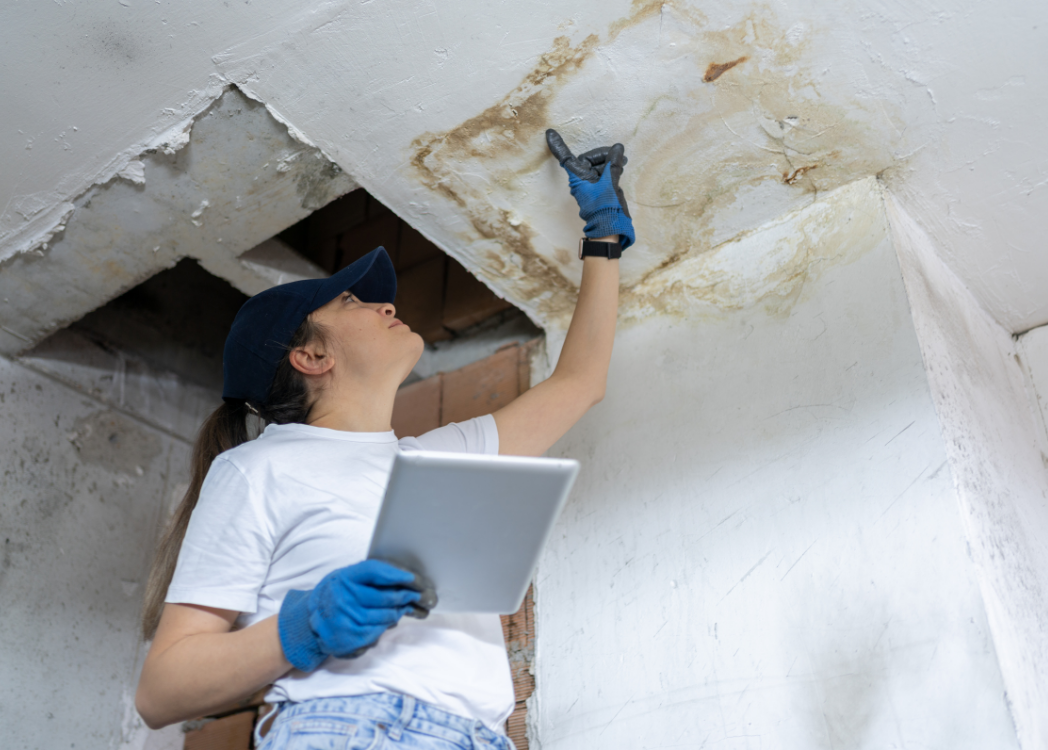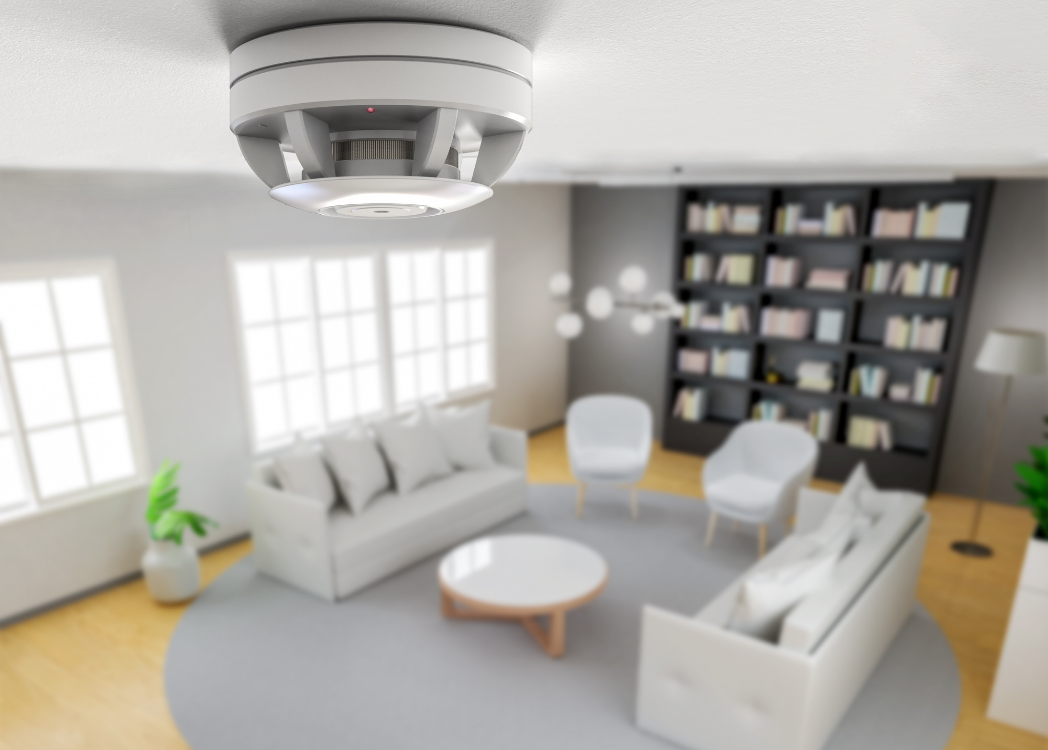How to Spot Early Signs of Water Damage (Before It Gets Expensive)

Water damage is one of those issues that sneaks up slowly — and by the time you notice it, the repair can already be costly. Chicago’s mix of old homes, heavy rainfall, and freeze-thaw cycles makes moisture control especially important. The good news is that most signs of water damage show themselves early, if you know where to look.
Check for Discoloration and Stains
Discoloration on ceilings, walls, or trim often means moisture is finding its way in.
Look for yellow or brownish rings that darken over time — these can come from small roof leaks, plumbing drips, or even condensation trapped behind drywall.
If you find a stain, keep an eye on it for a few days. Expanding edges or soft texture beneath the paint surface usually means there’s an active leak.
Feel for Soft or Warped Surfaces
Run your hand along baseboards, doorframes, or floor edges. Warped, bowed, or soft sections could indicate long-term moisture exposure.
Basements, bathrooms, and kitchen sink areas are especially vulnerable.
Soft spots in drywall, squishy trim, or slight bulging are all signs that water is lingering beneath the surface — even if you can’t see it yet.
Follow the Smell
Water damage doesn’t always look obvious, but you can usually smell it. A musty or earthy odor (especially in basements or closed-off spaces) means moisture has been around long enough to allow mold or mildew growth.
Smells like this tend to concentrate near low airflow areas — under sinks, behind appliances, or around windows.

Inspect Exterior Drainage
Sometimes the source of water damage is outside your home, not inside it. Check that gutters and downspouts are clear and draining water at least six feet away from your foundation.
Even minor blockages can redirect rainwater toward the house, where it seeps into cracks and foundations.
A quick inspection after a heavy rain can reveal whether runoff is pooling too close to your walls.
Look Beneath the Surface
If you’ve addressed leaks but still suspect moisture issues, use a simple moisture meter (available at most hardware stores). It’s a small tool that can tell you if wood or drywall is holding excess water. This helps identify hidden problems before they spread.
Final Thoughts
Early detection makes all the difference. A quick inspection once a season can prevent serious repairs later — especially in basements or older homes with original plumbing. Keeping your home dry and well-ventilated helps protect not only your walls and floors but also the air quality you breathe every day.
















